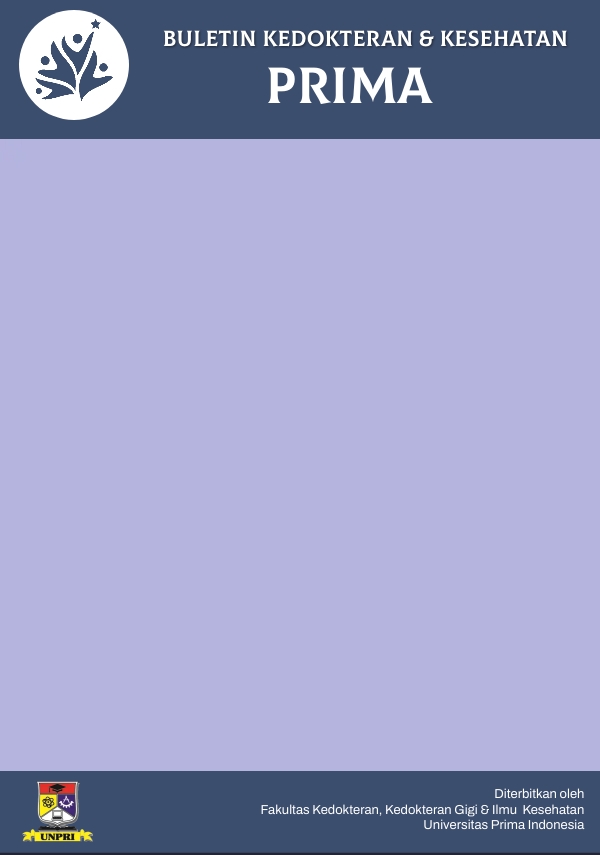Abstract
The widespread use of jamu, a traditional Indonesian herbal medicine, has been accompanied by a surge in adulteration with synthetic drugs to enhance efficacy and sales. This study aimed to detect the presence of glibenclamide, a common adulterant, in antidiabetic jamu product using TLC. This study employed three herbal medicine samples marketed for lowering blood glucose levels, with glibenclamide BPFI serving as a reference standard. Thin-layer chromatography, employing a mobile phase consisting of chloroform, cyclohexane, ethanol, and glacial acetic acid (9:9:1:1), was utilized for the analysis. Thin-layer chromatography (TLC) analysis revealed a standard Rf value of 0.4 for glibenclamide, producing a distinct blue-violet spot when visualized with 10% sulfuric acid. The results indicated that the tested herbal medicine samples did not contain the pharmaceutical substance glibenclamide. This conclusion was drawn from the absence of a corresponding Rf value for glibenclamide in the herbal samples when compared to the reference standard.

This work is licensed under a Creative Commons Attribution-NonCommercial 4.0 International License.
Copyright (c) 2024 Andre Budi, Razoki Razoki, Halimah Harahap, Adek Amansyah, Edlin Edlin, Susiani Tarigan
